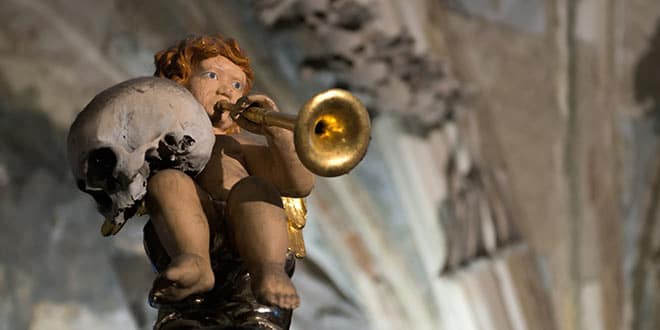The town of Kutná Hora owes its origin to the silver mines, which gained importance during the economic boom of the 13th century. The earliest traces of silver have been found dating back to the 10th century. Silver dinars have been discovered belonging to the period between 985-995 in settlement of Malín, which is now a part of Kutná Hora. The turning point in the city’s history was when in 1300 when Wenceslaus II of Bohemia issued the new royal mining code. This was a legal document that specified all administrative and technical terms and conditions necessary for the operation of mines. The city developed with great rapidity. At the outbreak of the Hussite Wars in 1419, it was next to Prague, the most important in Bohemia, having become the favourite residence of several of the Bohemian kings. It was here that, on January 18, 1419, Wenceslaus IV signed the famous Decree of Kutná Hora, by which the Czech nation was given three votes in the elections to the faculty of Prague University as against one for the three other “nations”.
In 1420 the emperor Sigismund made the city the base for his unsuccessful attack on the Taborites; Kutná Hora was taken by Jan Žižka, and after a temporary reconciliation of the warring parties was burned by the imperial troops in 1422, to prevent its falling again into the hands of the Taborites. Žižka nonetheless took place, and under Bohemian auspices, it awoke to a new period of prosperity. In 1541 the richest mine was hopelessly flooded; in the insurrection of Bohemia against Ferdinand I, the city lost all its privileges; repeated visitations of the plague and the horrors of the Thirty Years’ War completed its ruin. Half-hearted attempts after the peace to repair the ruined mines failed; the town became impoverished, and in 1770 was devastated by fire. The mines were abandoned at the end of the 18th century.

